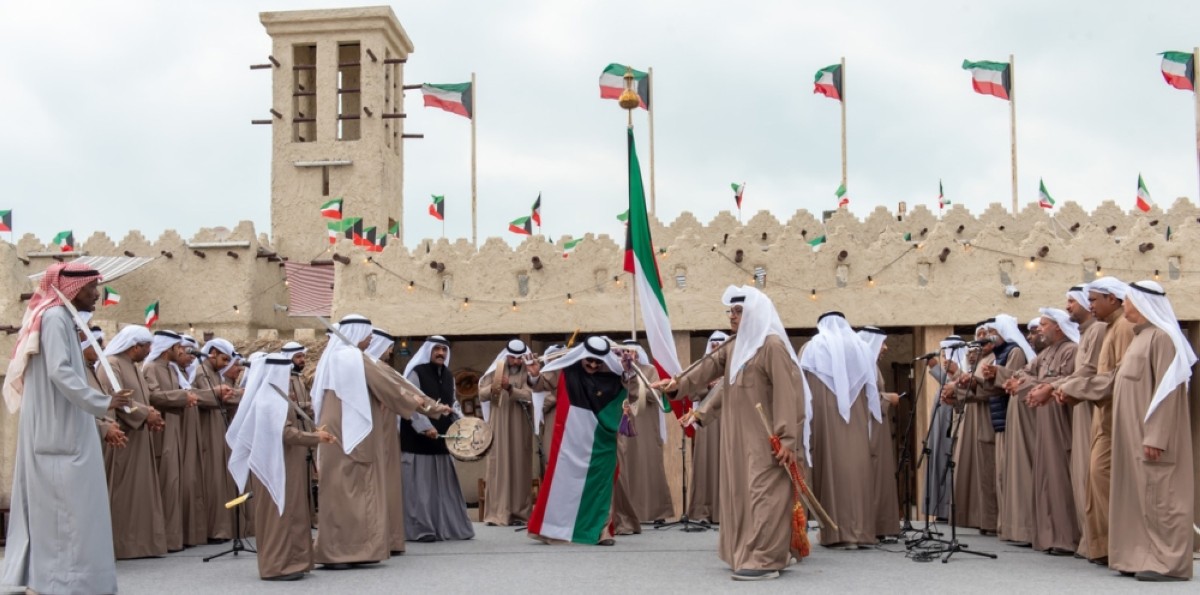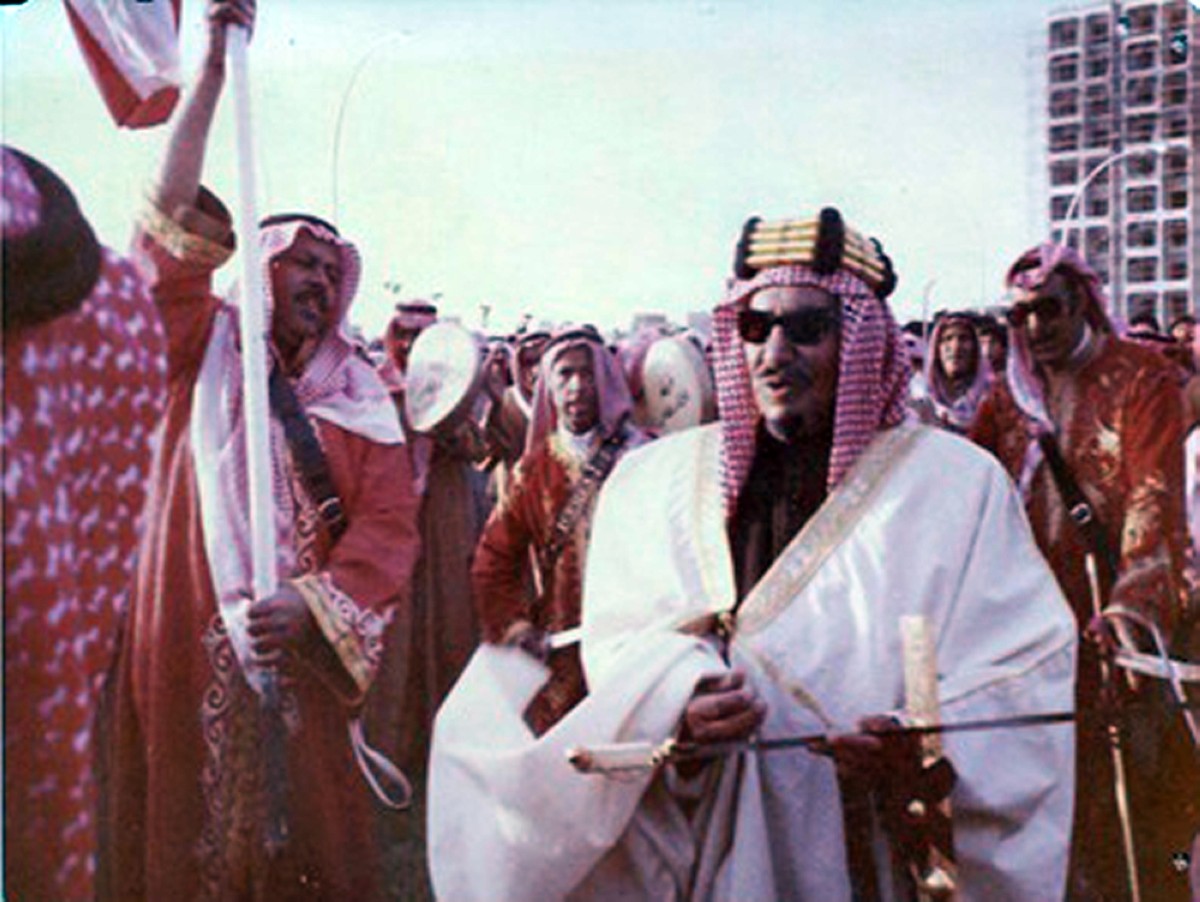Ardha, inscribed by UNESCO in 2015 on the Representative List of the Intangible Cultural Heritage of Humanity, is a fundamental cultural expression to the native people of the Arabian Peninsula that is still practiced widely.
According to UNESCO, no specific date of the origin of the Ardha is known, however, it is speculated that it has its origins before the 17th century at the latest. It’s a traditional performance combining dance, drumming and chanting poetry that signifies the start and end of notable occasions, such as religious holidays, weddings, births, graduation ceremonies, or events of national or local significance.
Males performing Ardha carry light swords and stand shoulder to shoulder in two sets of facing rows, leaving space between them to accommodate drummers. A poet chants verses specific to the occasion in a loud voice, which are then sung antiphonally by the participants. UNESCO describes the performance thoroughly: "all performers rock back and forth, side to side and move their swords up and down in rhythmic movements in harmony with the drumbeats and verses. As the poem ends, the men gather around the flag.” "All males may participate, regardless of social status, age or professional background,” they added.

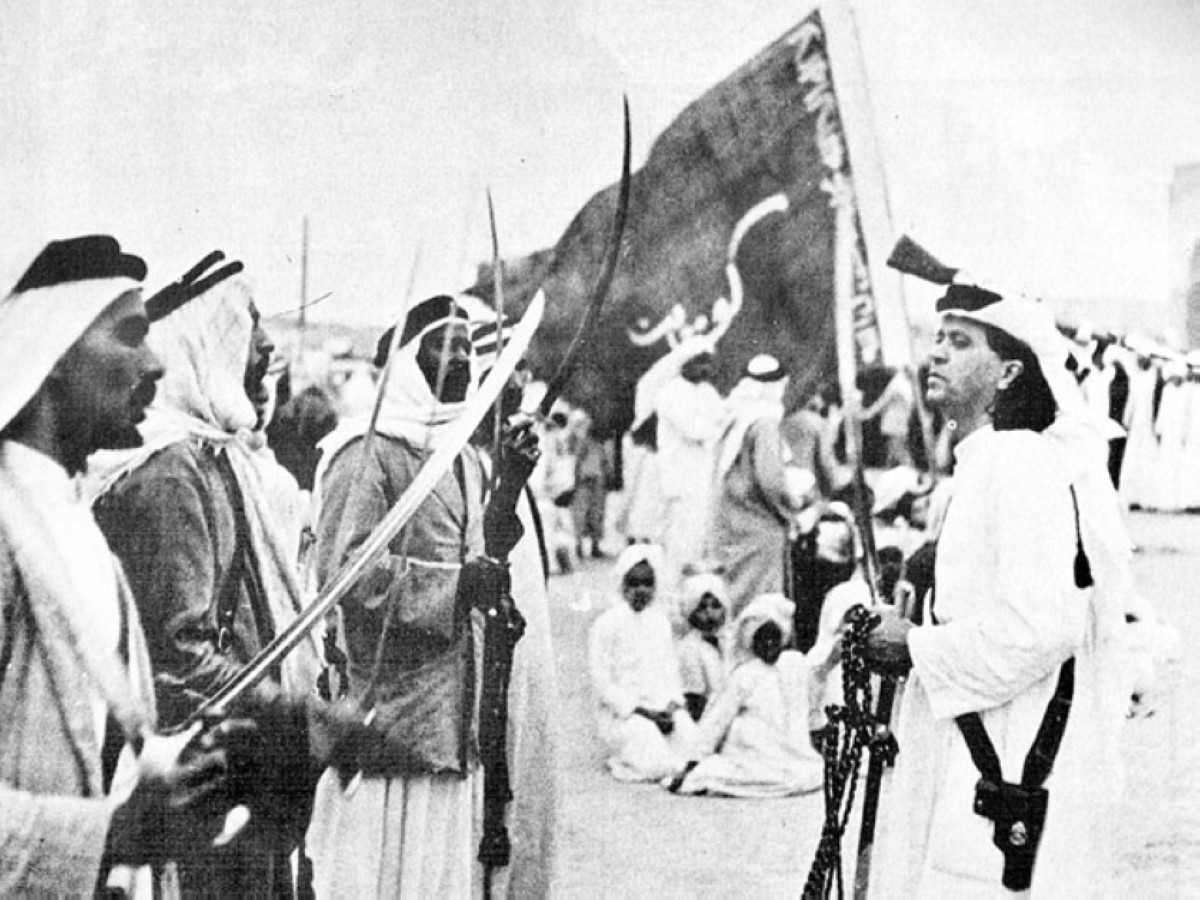

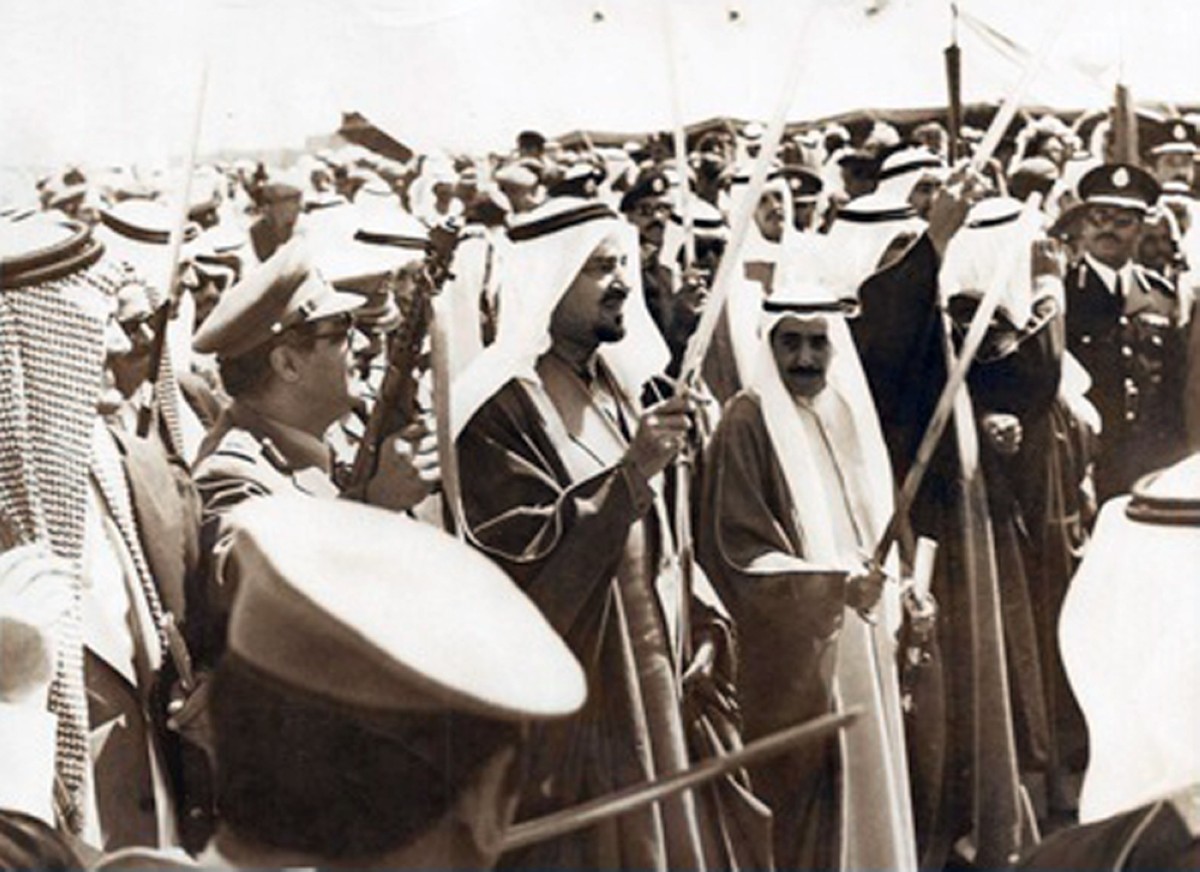

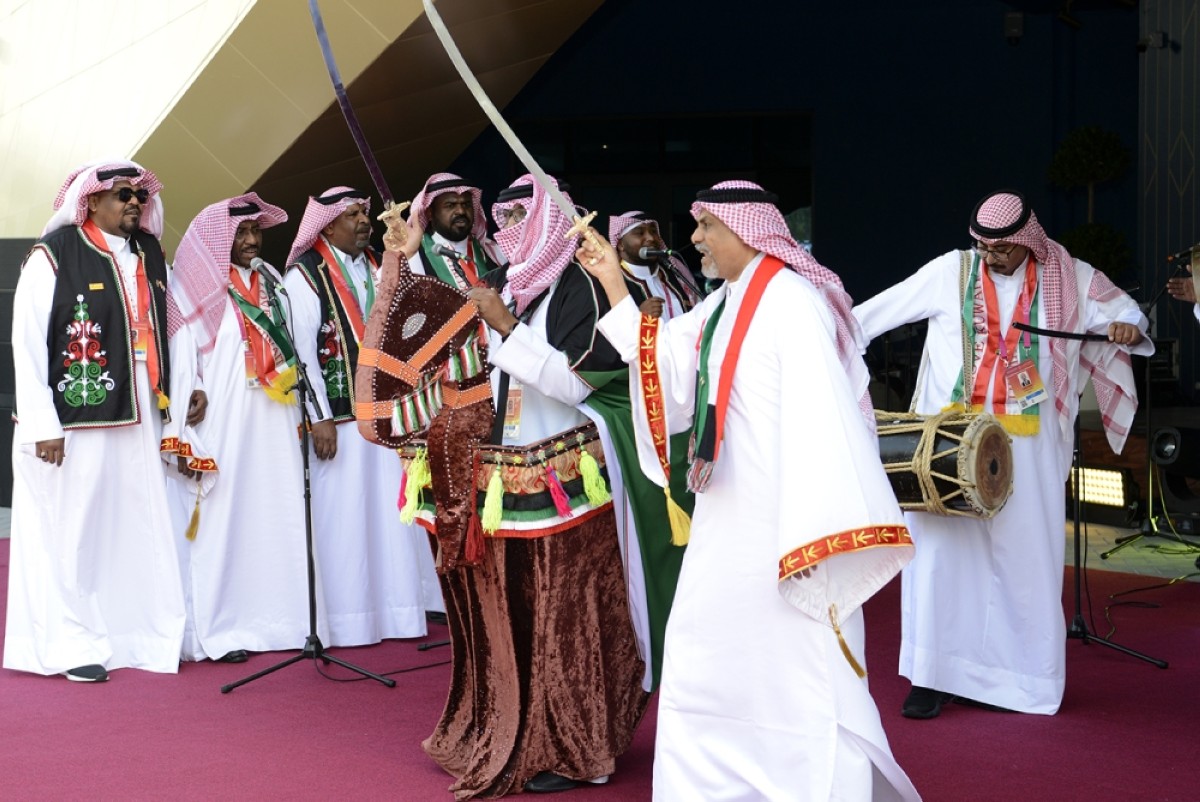
Earlier in history, the Ardha was called (horseshoe) as the tribal knight improvised on the back of the horse and sang several verses not more than two verses that arouse enthusiasm in the hearts of warriors during times of war, Music Professor Hamad Al-Habad told KUNA.
Another type of Kuwaiti Ardha is called the "Marine Ardha”. It has all the elements of the Najdi Ardha but has a distinct rhythm. Performers line up in two sets of facing rows on board a ship in this form of Ardha. Performing the Marine Ardha on board a ship as it prepares to dock at port was considered an expression of joy for the ship’s safe return and a way to identify where the ship was coming from.
"This was a tradition among ships in the Gulf region and was performed as the ship neared land so that people could hear the singing and family and friends would come out to greet the returning sailors,” said Habad.
Another type of Ardha in Kuwait is also "Al-Ardhah Al-Umariya”, which is native to villages, especially the people of Fintas, and blends elements from the Najdi Ardha and the Marine Ardha.
One of the most famous Ardha troupes in Kuwait is the (Al-Randi) band. The band was named after its founder Abdulaziz Suleiman Al-Randi and was founded in the thirties of the last century in the Mirqab area. The troupe has participated and is still participating in many national and social events and holidays.
The Hasawiyah band, also known as "Awlad Amer” is another prominent Kuwaiti folk group, which has — since the era of Sheikh Mubarak Al-Sabah until today — offered beautiful art, especially Ardha.
The late head of the band, Mohammed Ahmed Al-Hamad, said in an interview with KUNA that the troupe played an important role in calling for the construction of the Kuwait Wall during the era of the late Sheikh Salem Al-Mubarak Al-Sabah by performing Ardha as they walked from neighborhoods to the place where the wall was to be built.
He explained that the band was the first in Kuwait to have its members wear a uniform since the sixties to create a distinctive character for the band. The members of the band all had to wear "Al-Shallah”, a men’s dress with long and wide sleeves but were left to choose the color of their dress among blue, green, grey, and burgundy.

